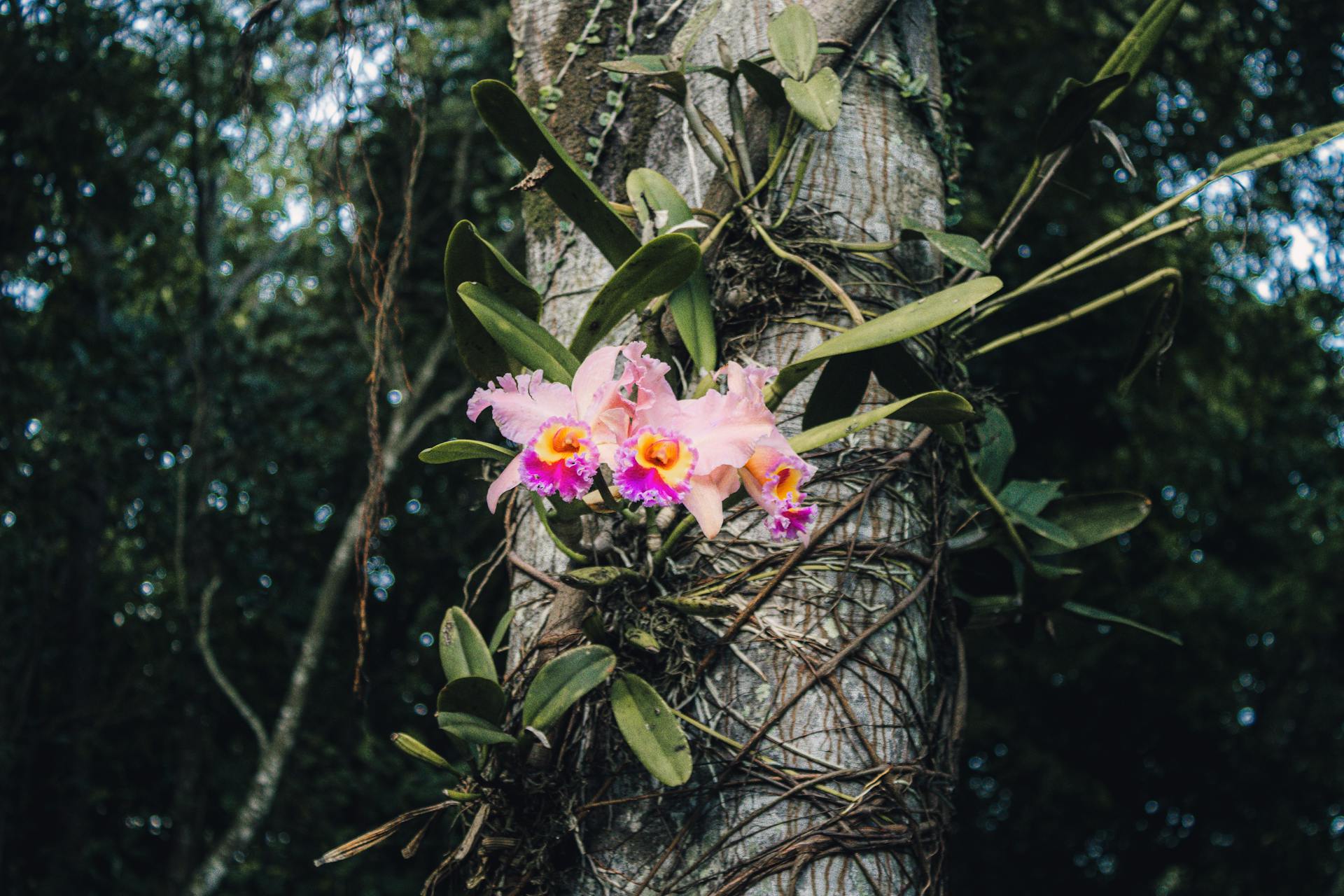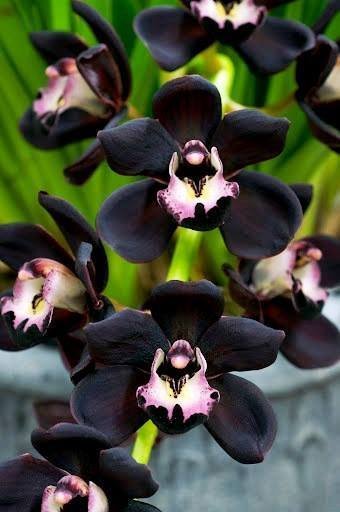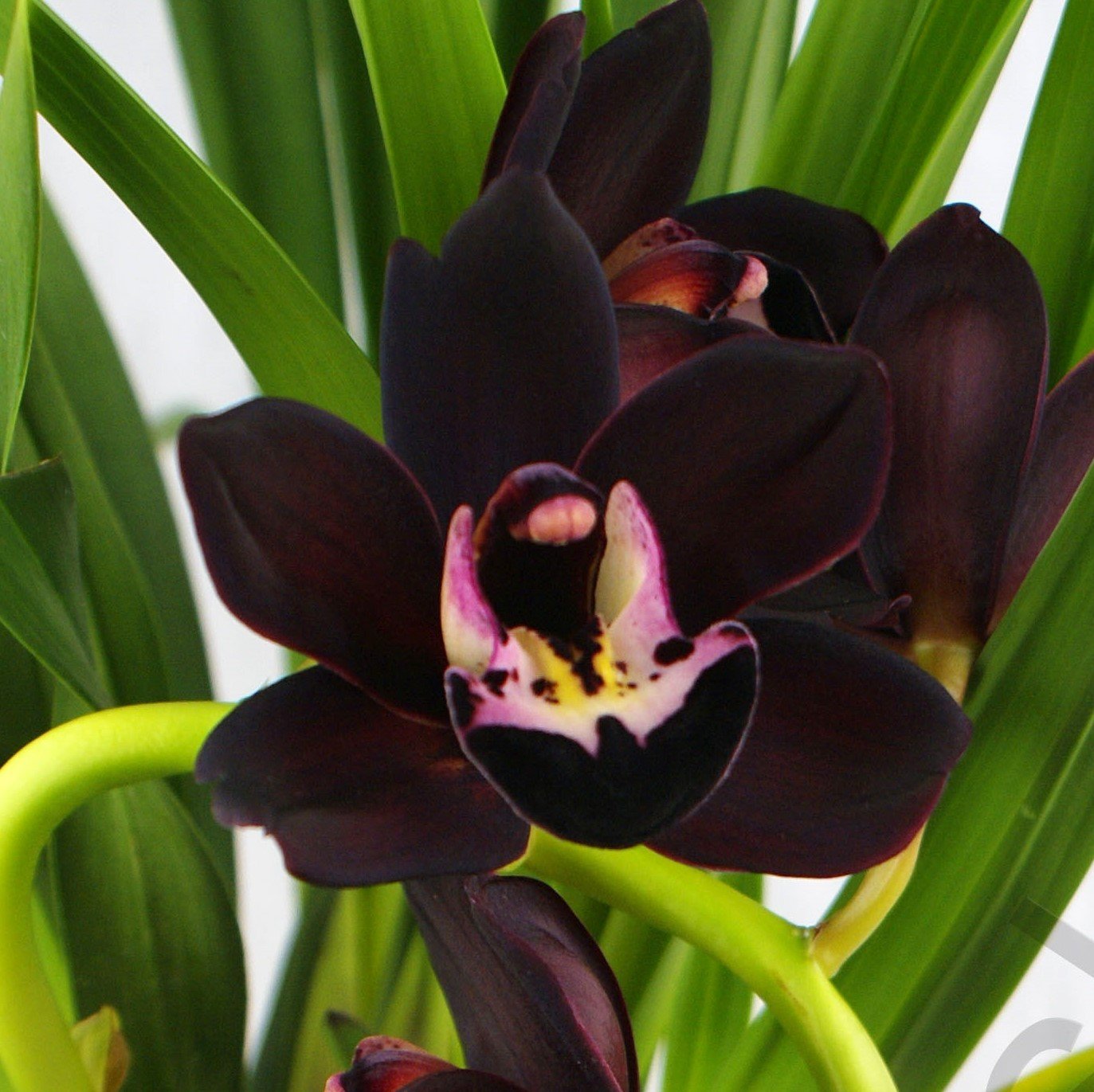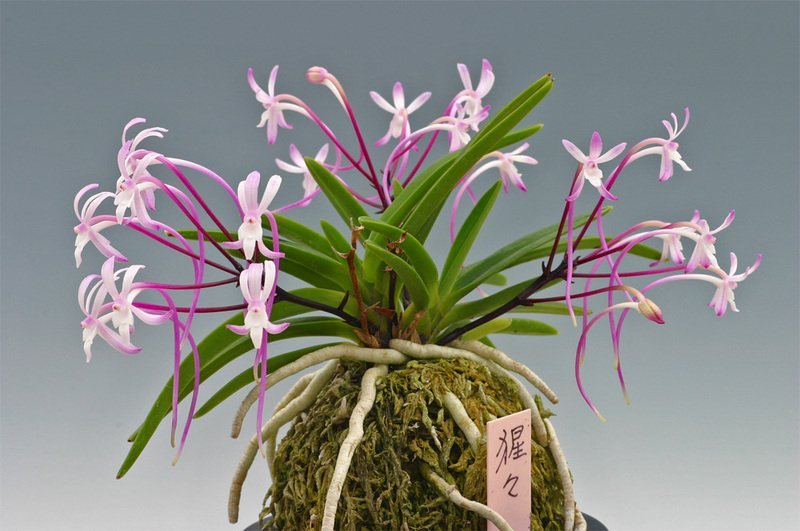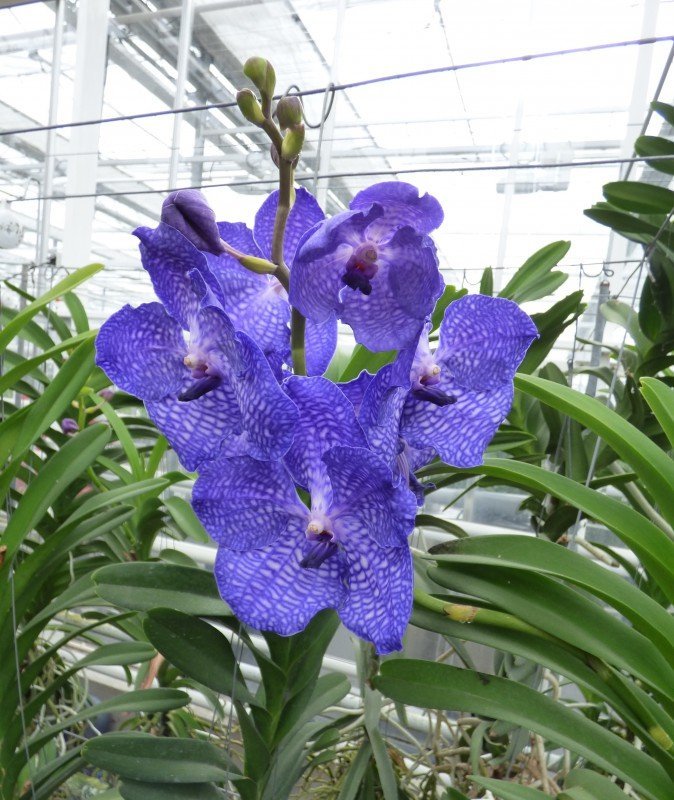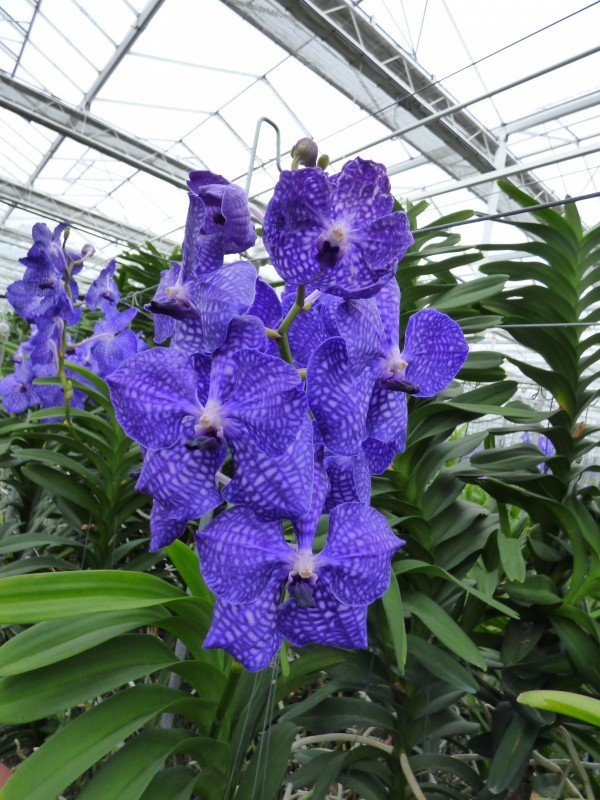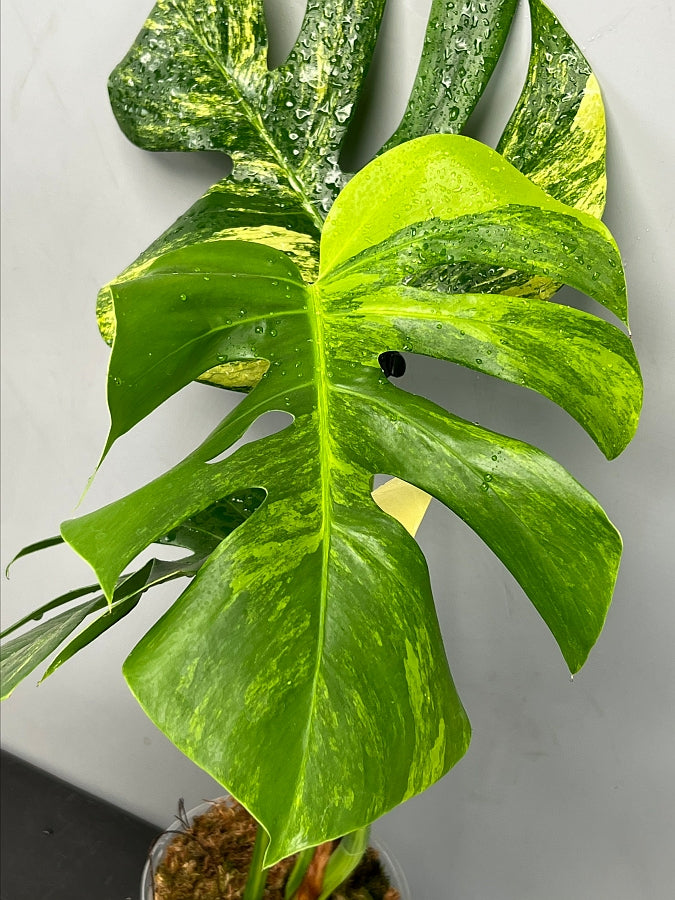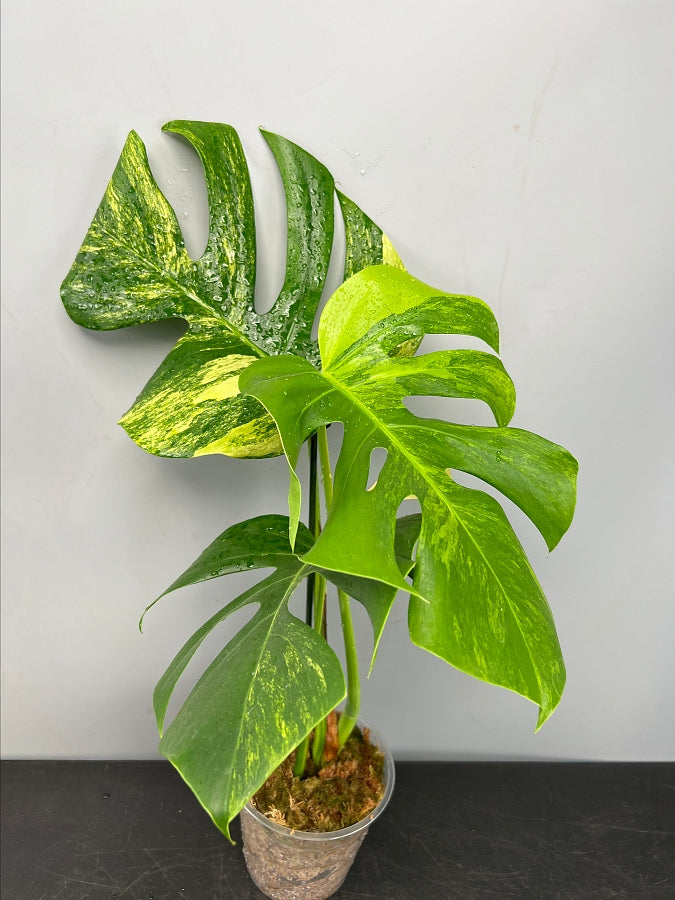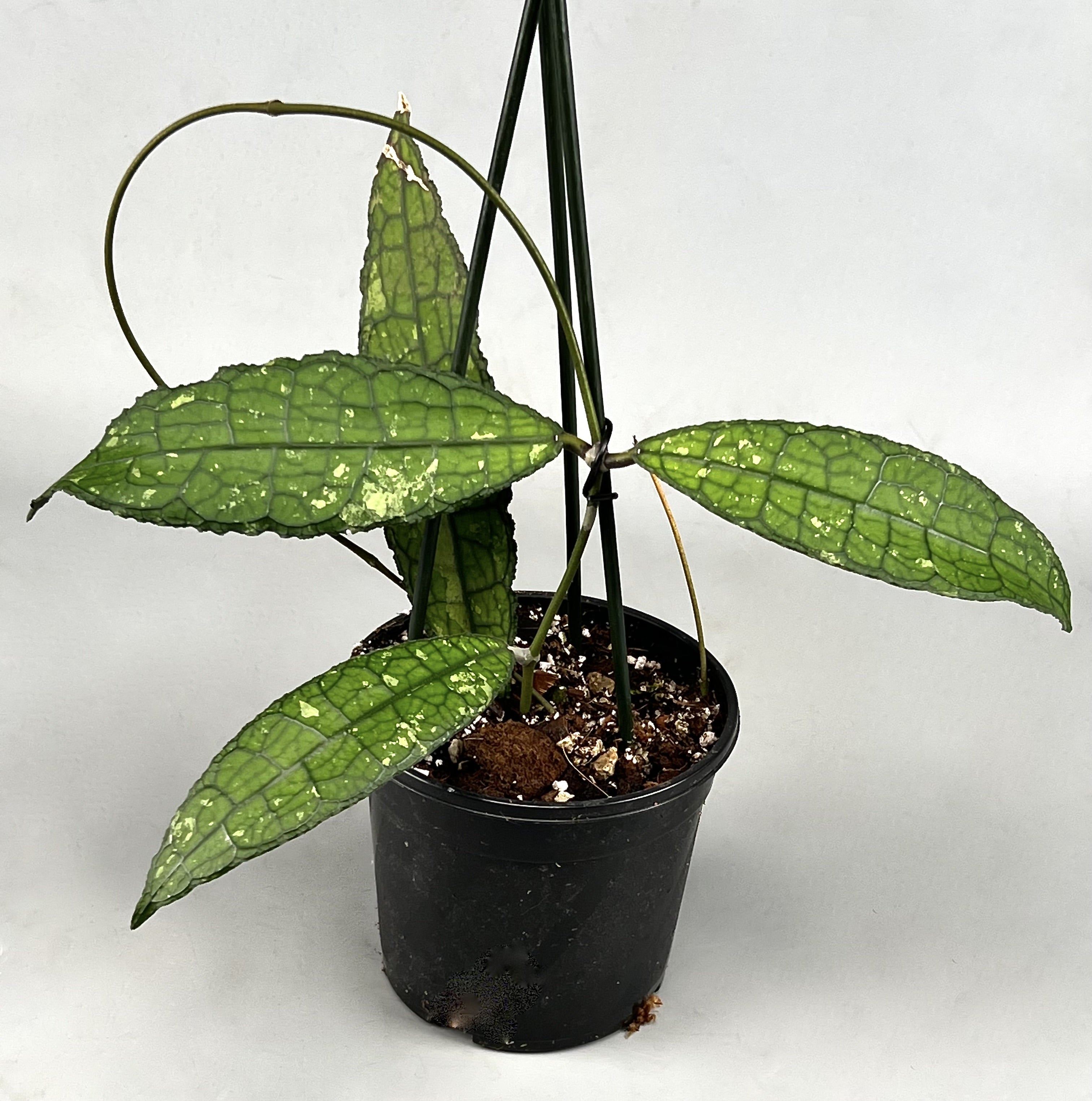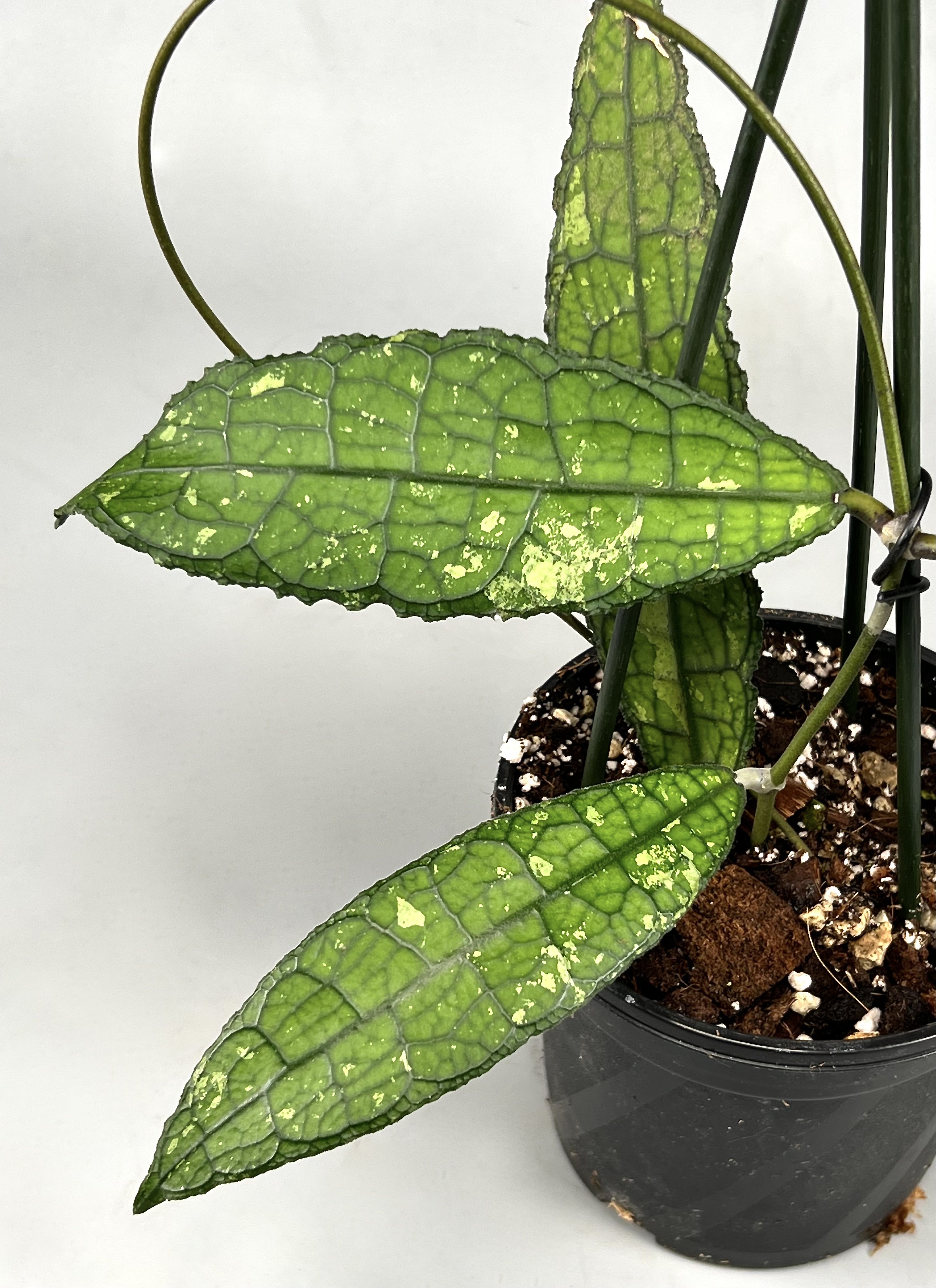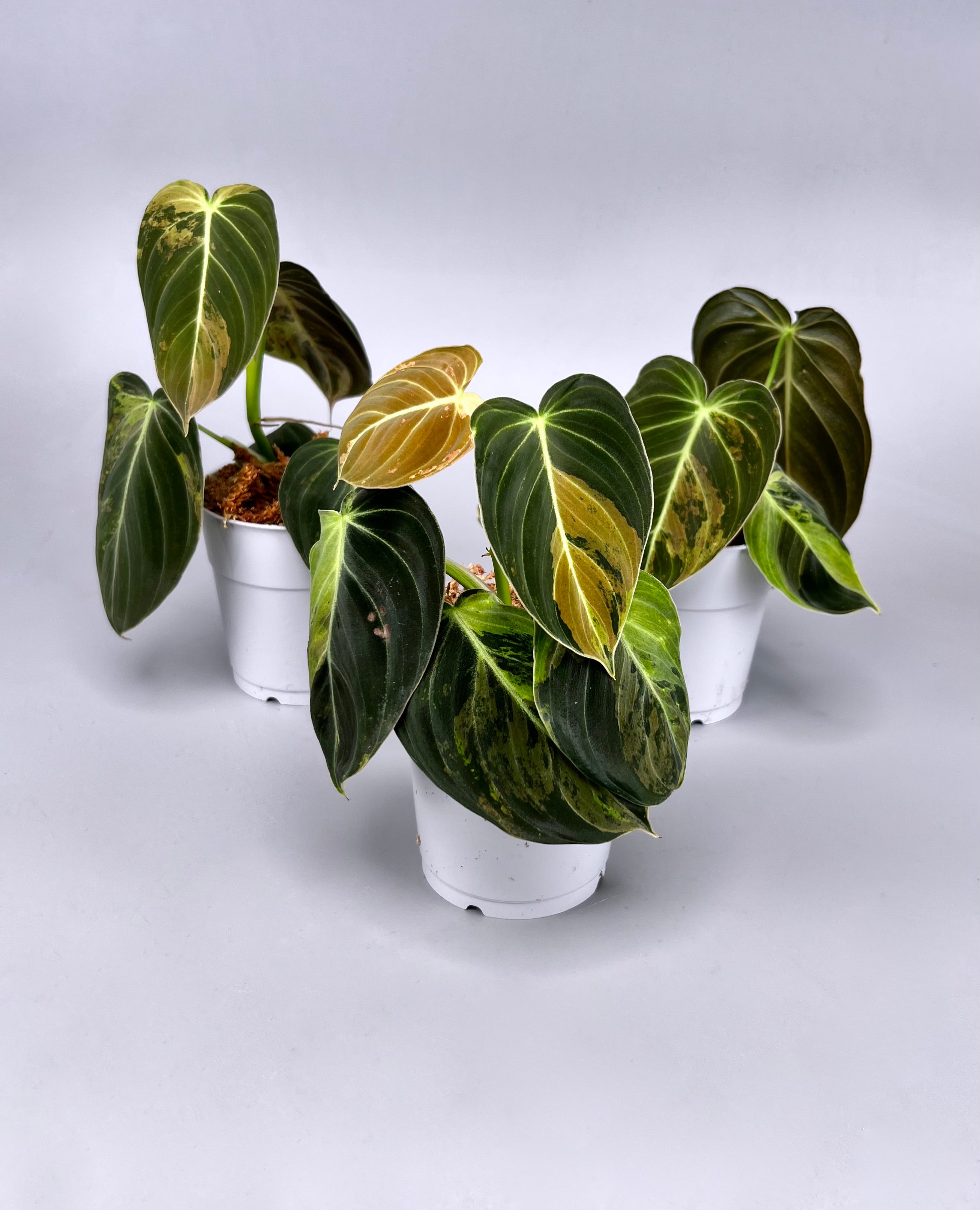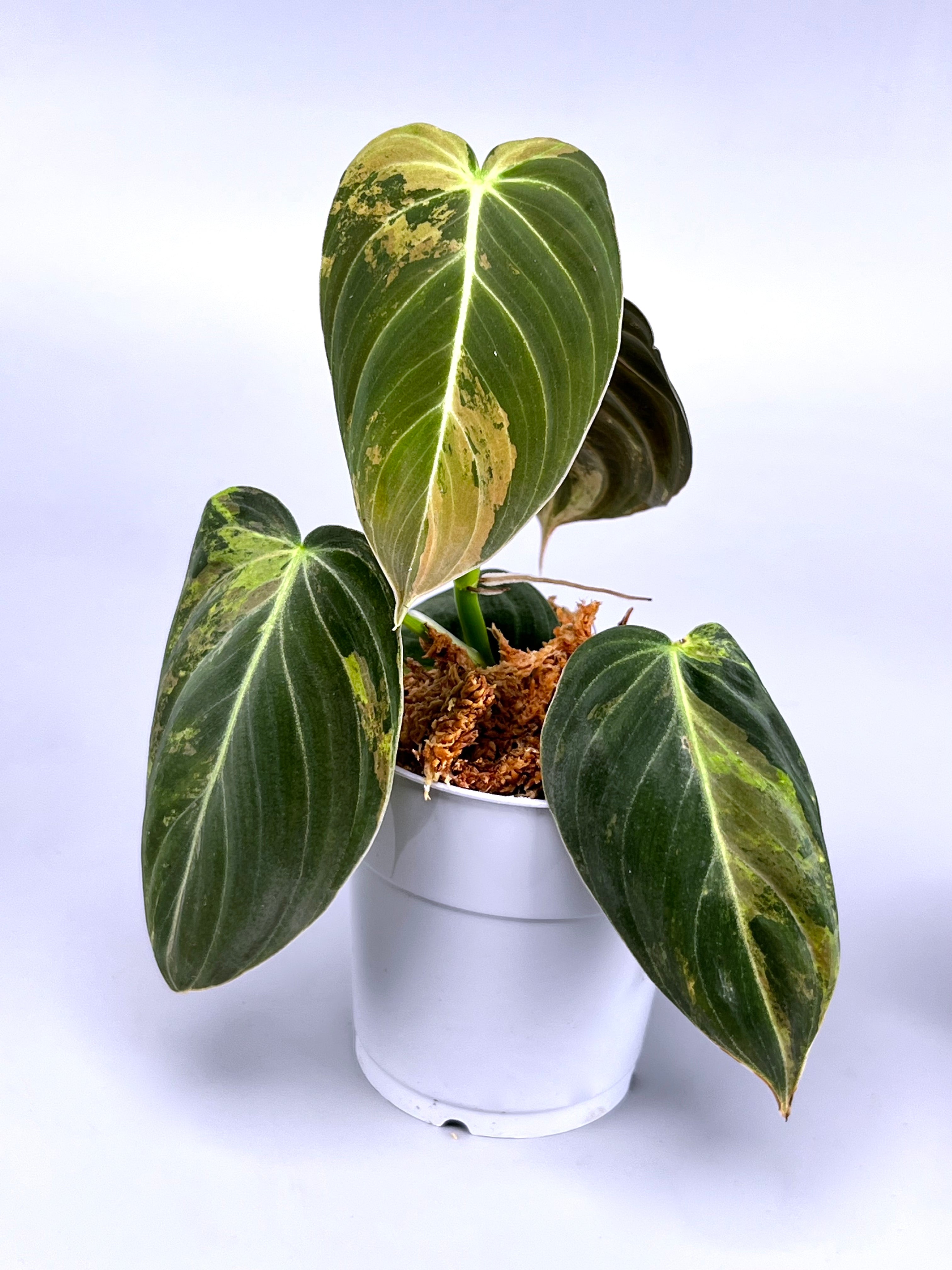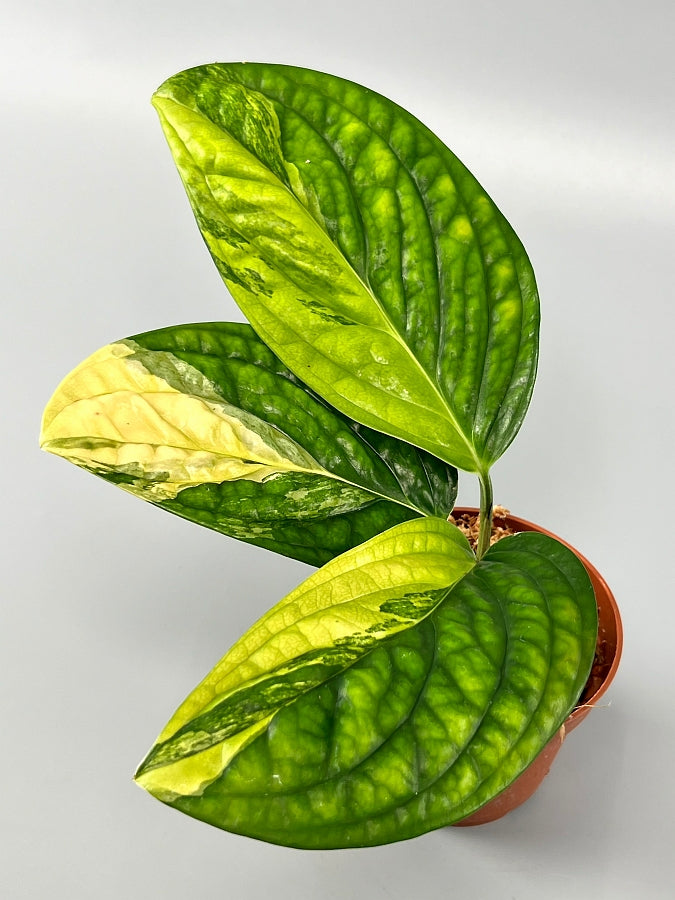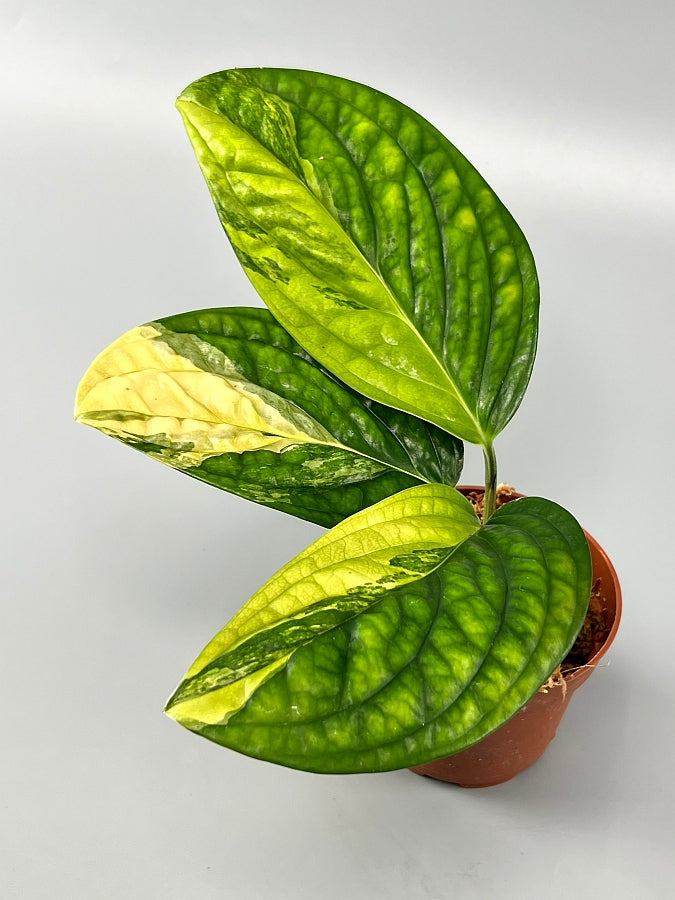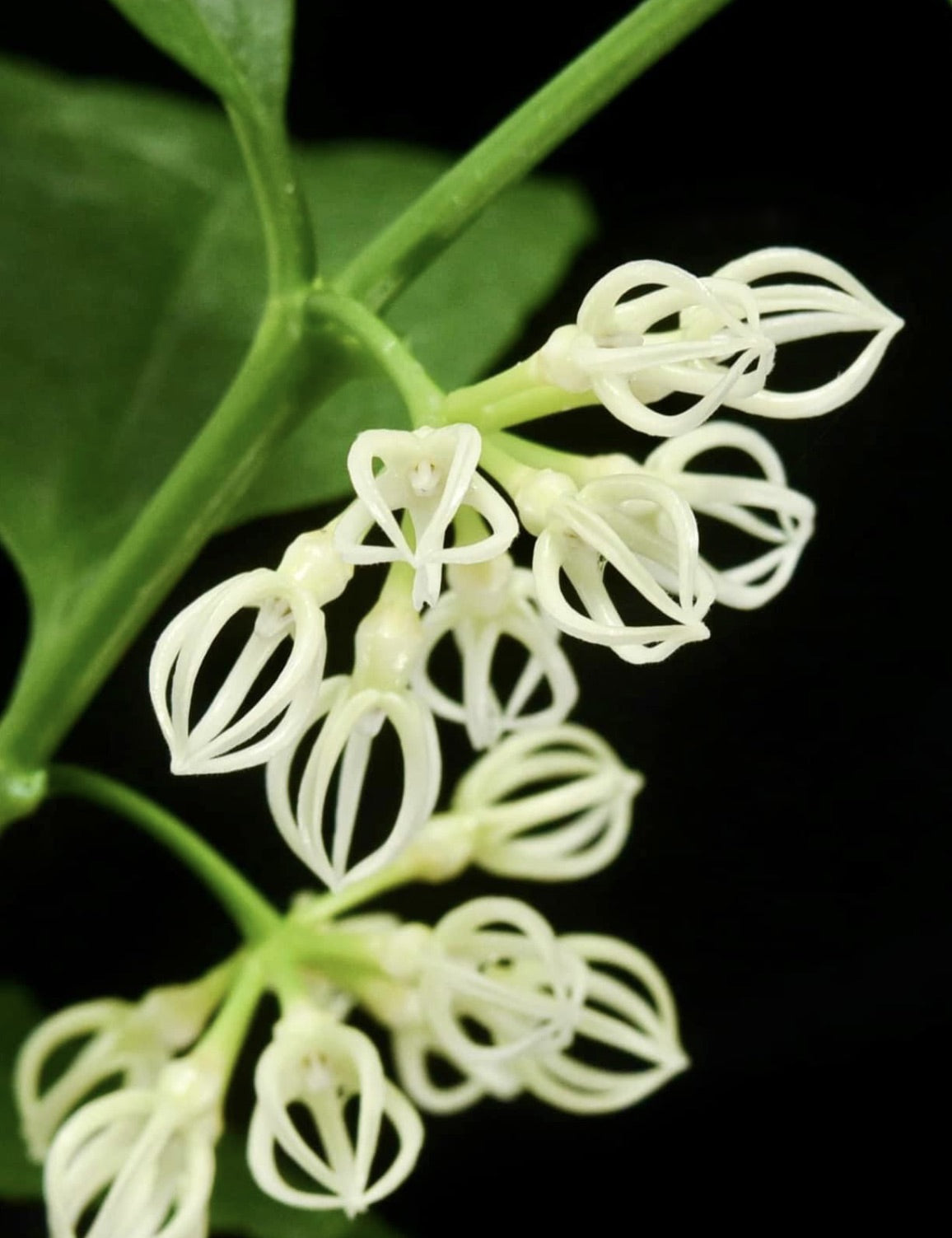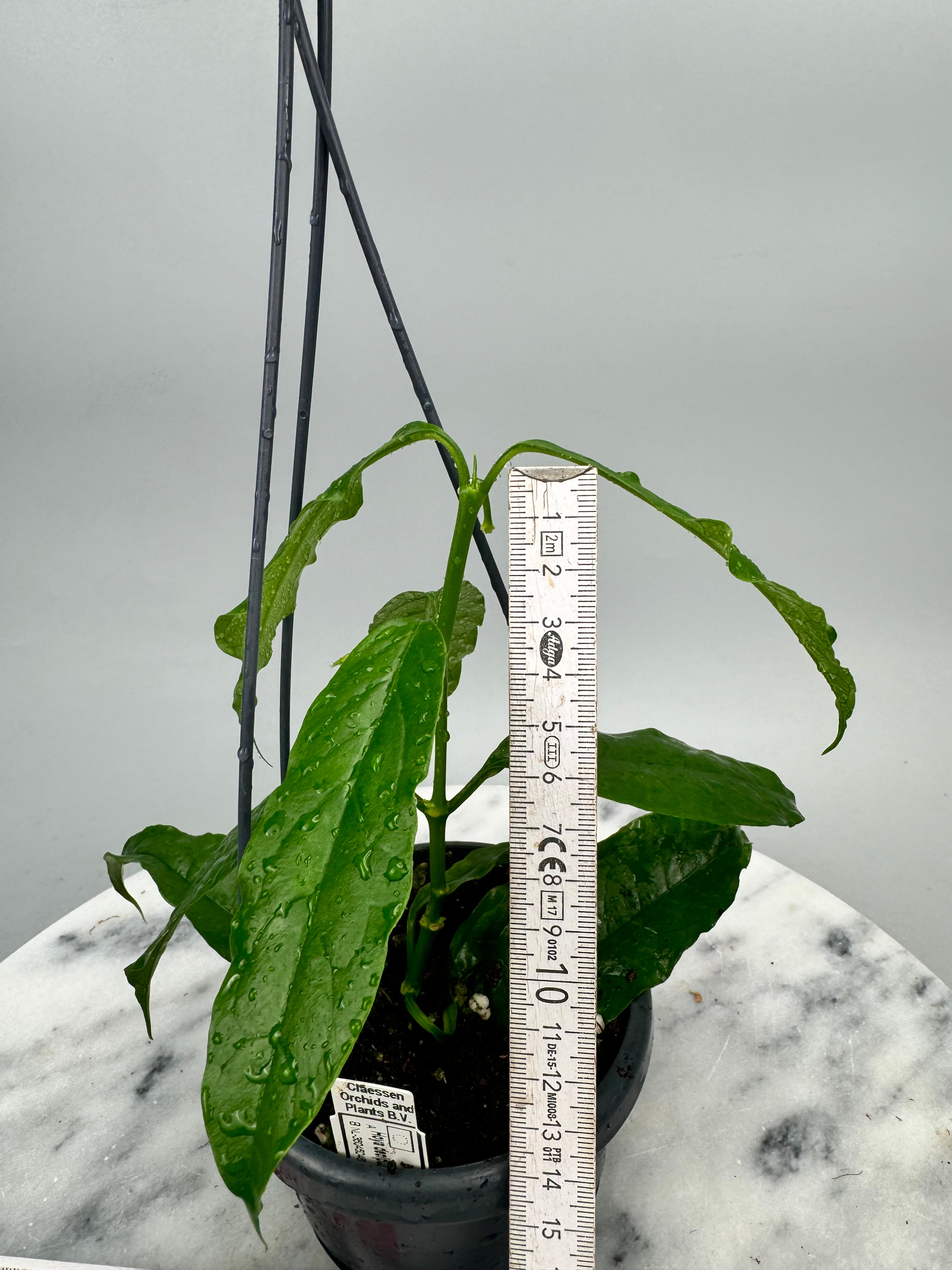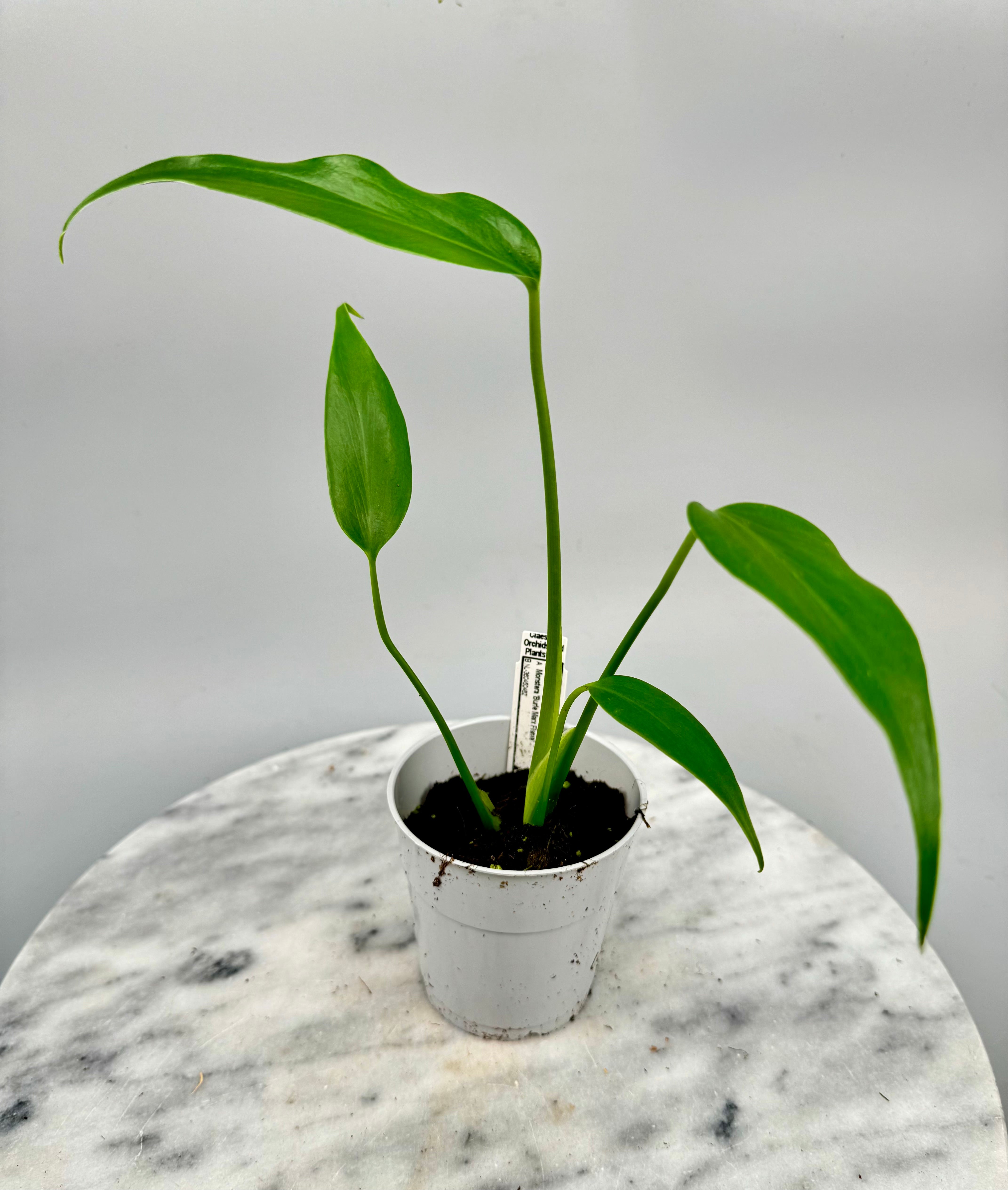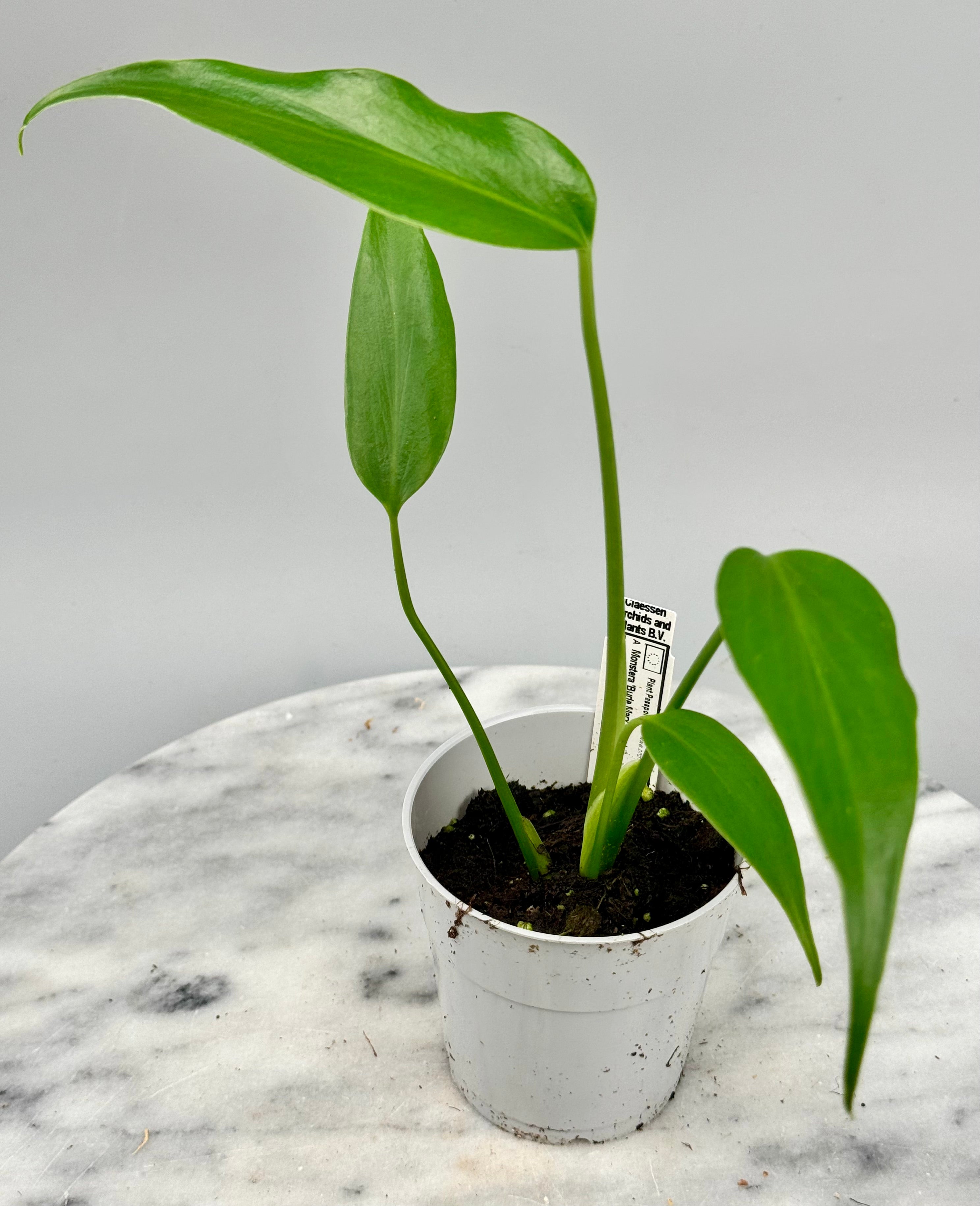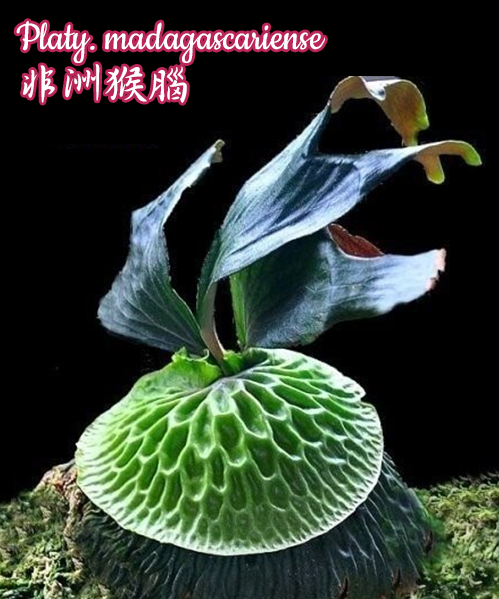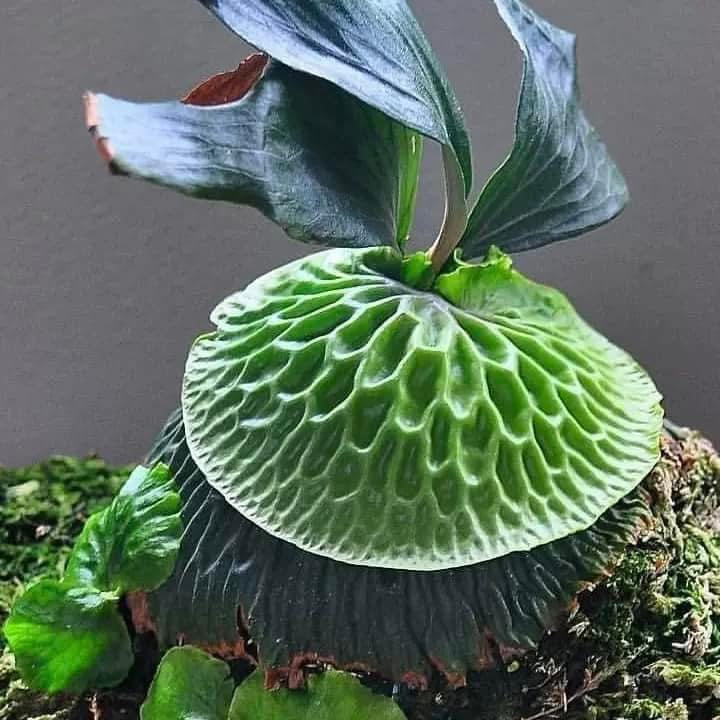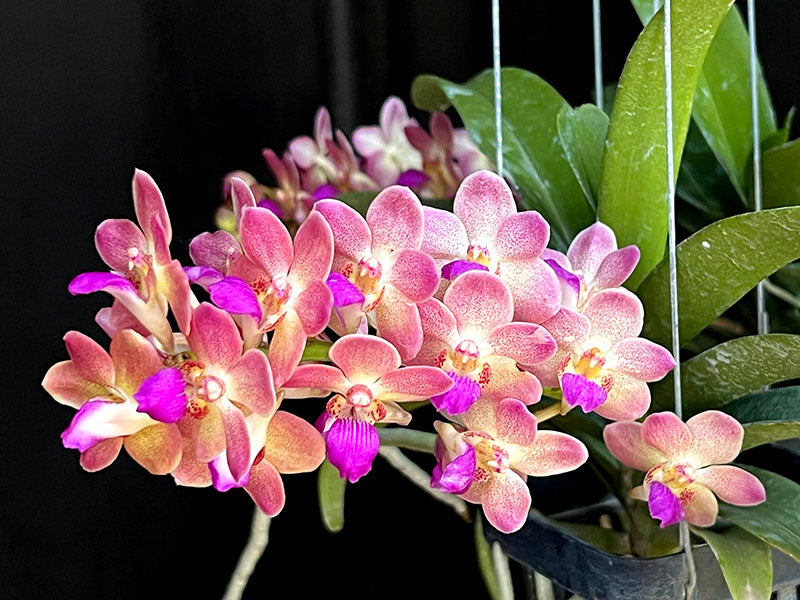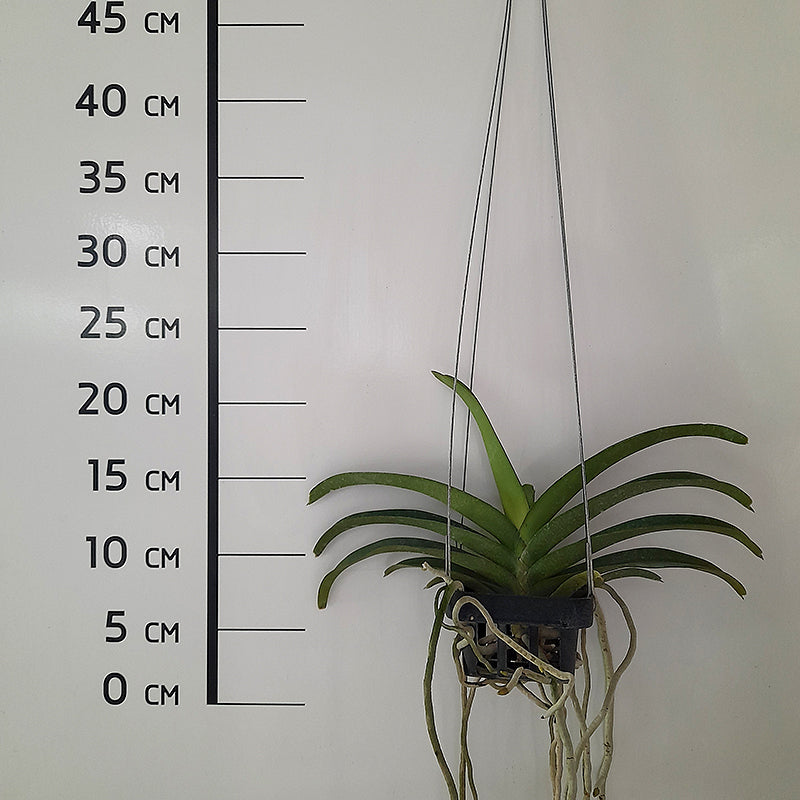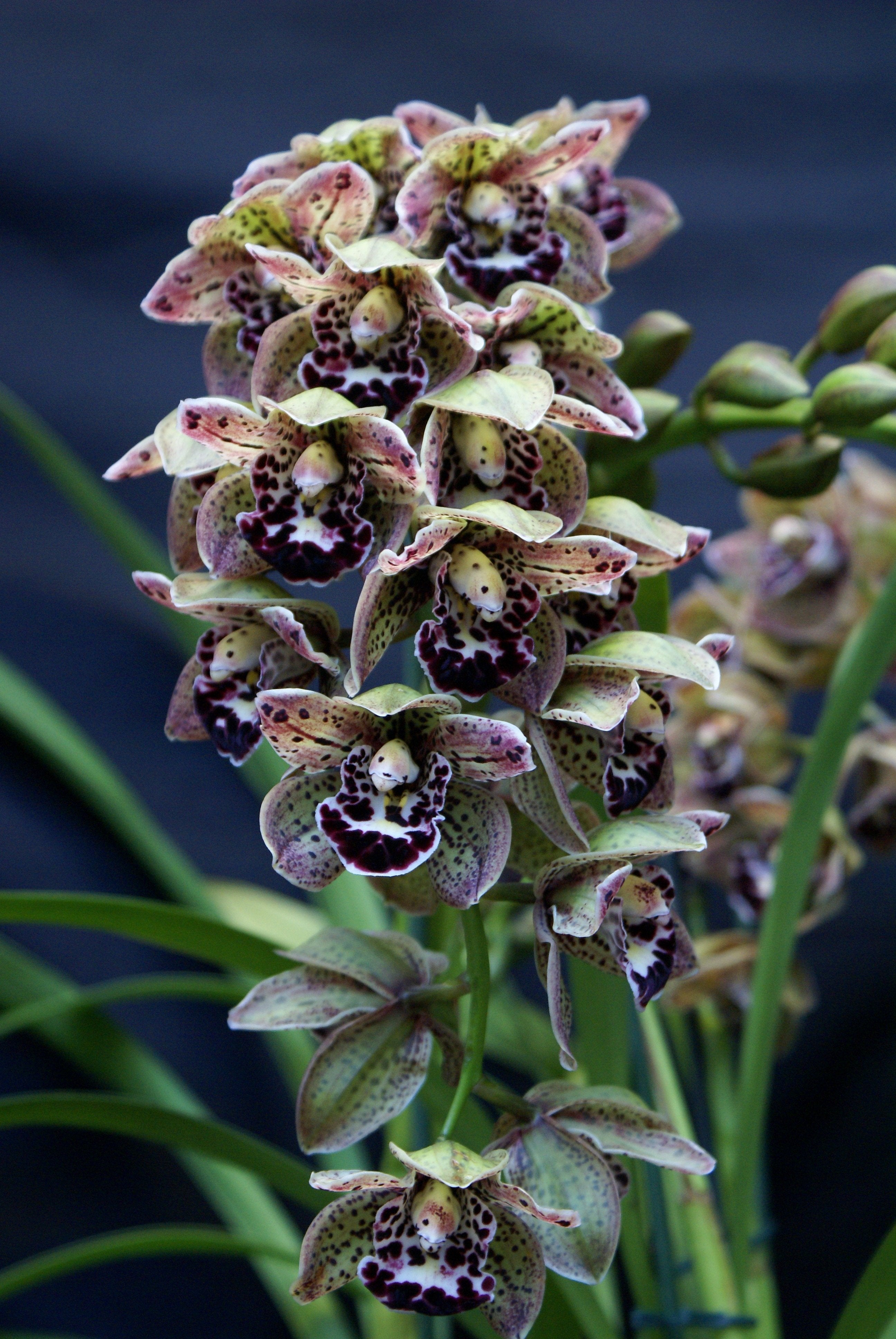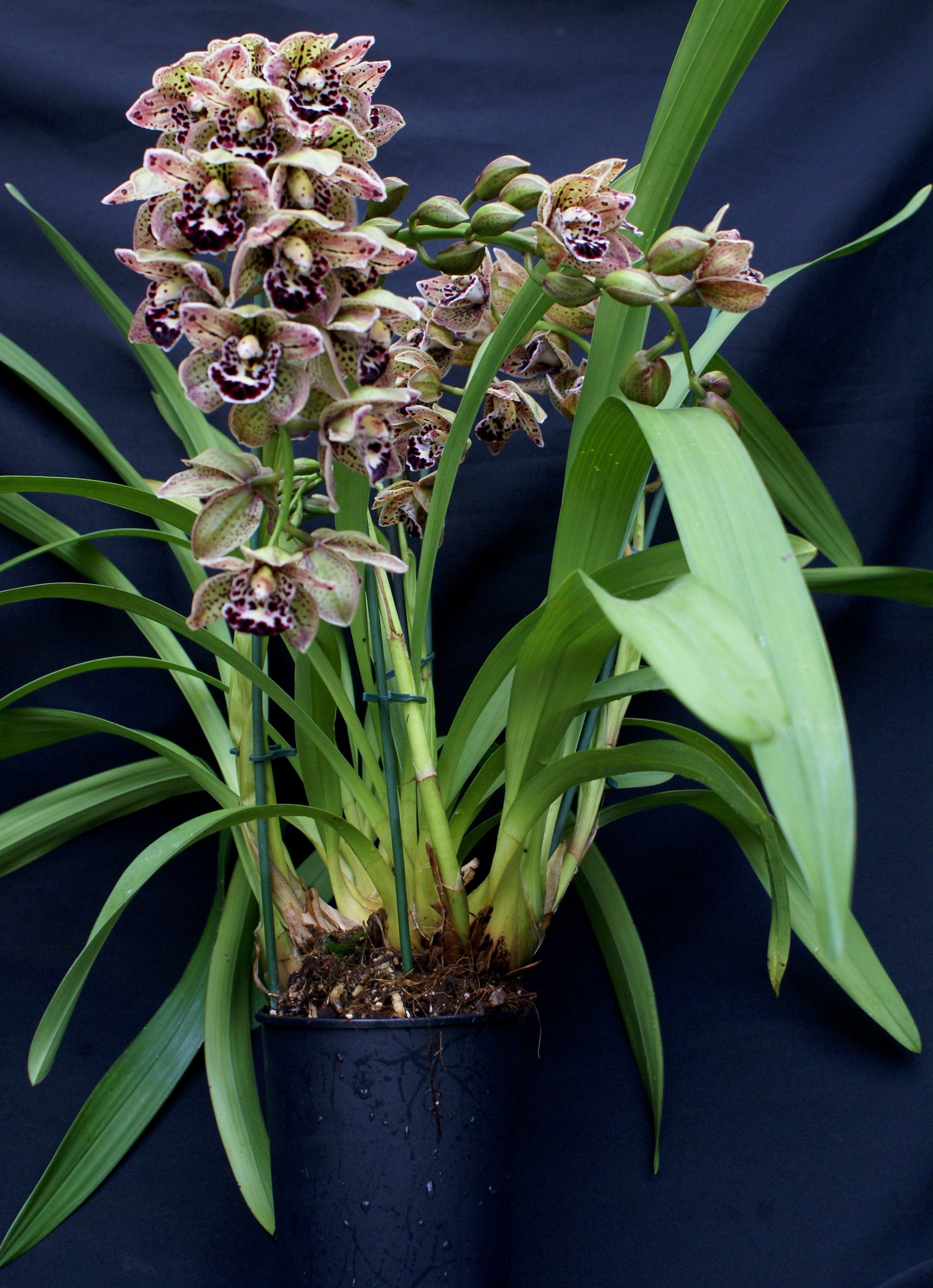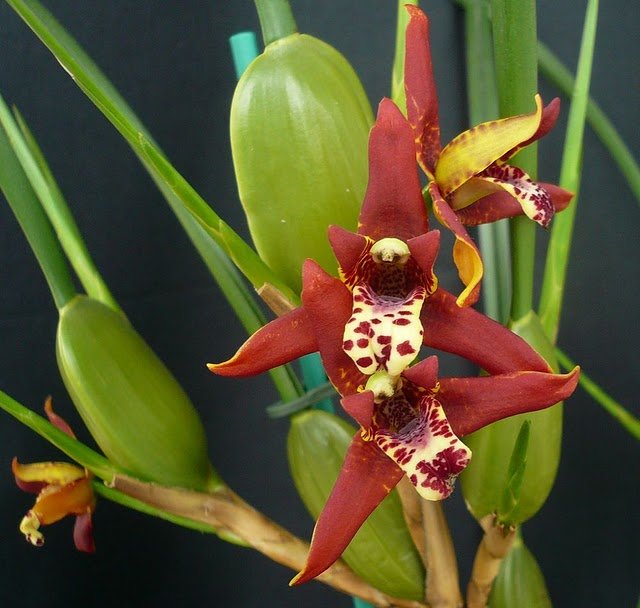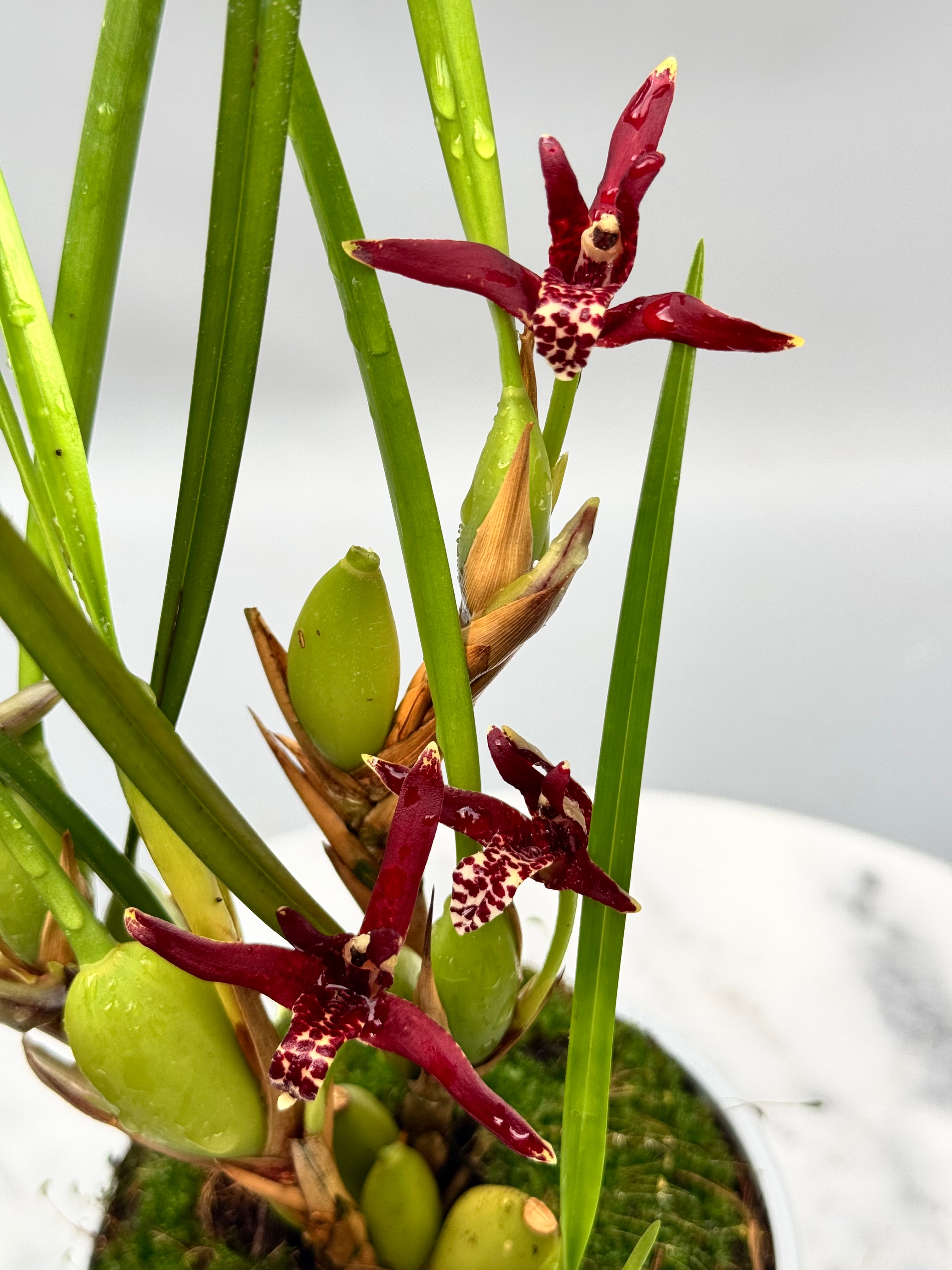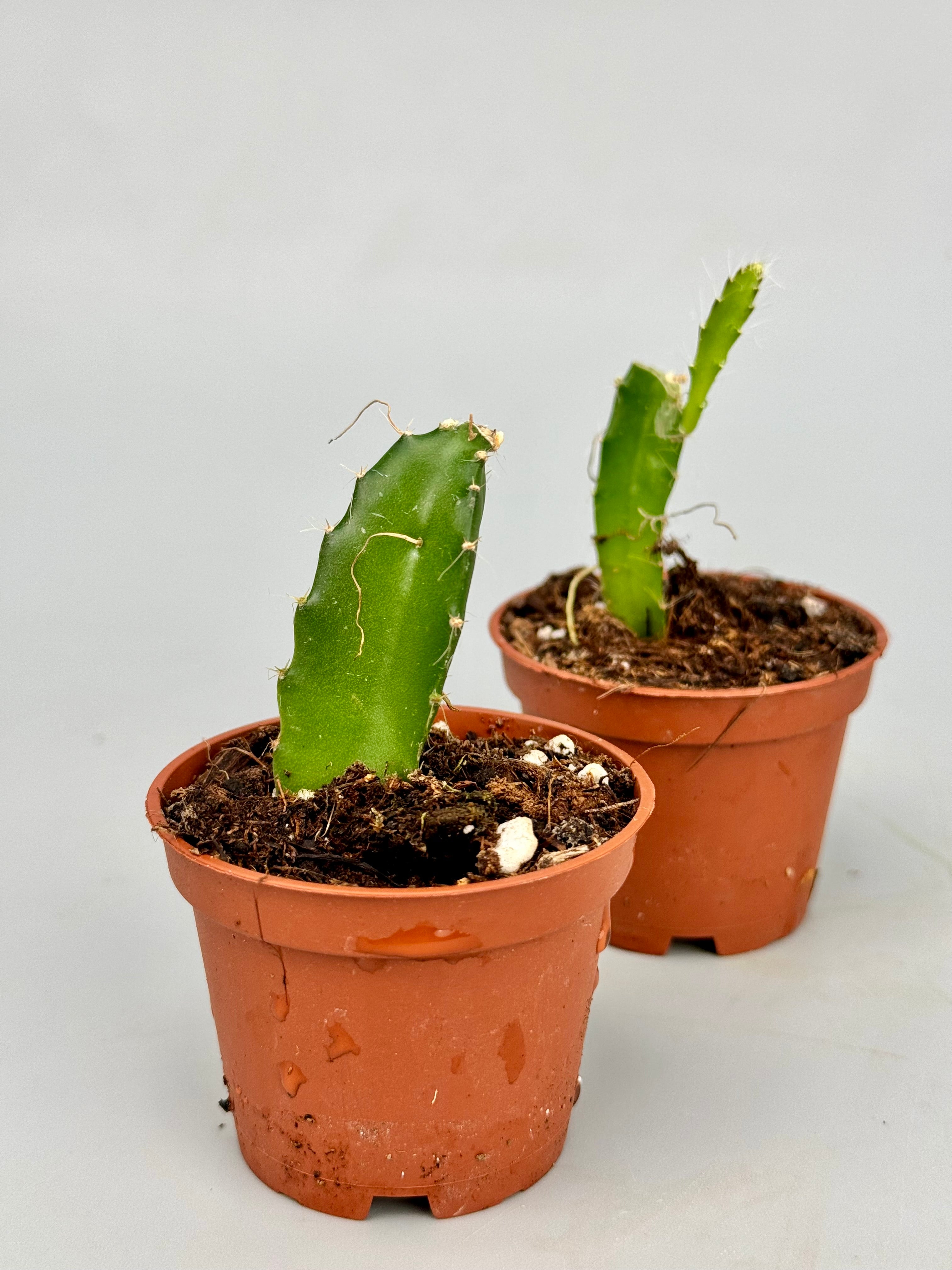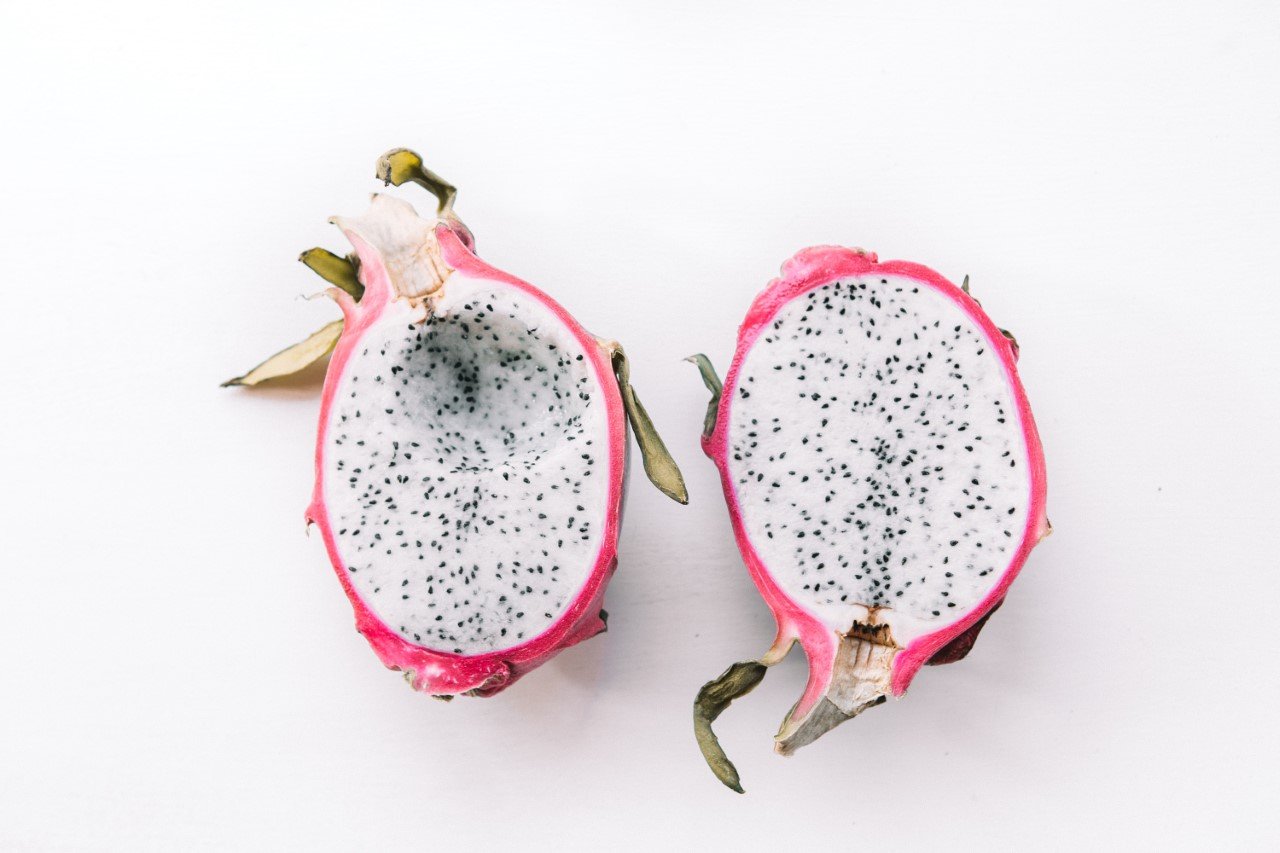Orchids are often associated with luxury and sophistication, but those who look beyond the windowsill discover something surprising: they are rock-solid survivalists. From misty mountain forests to dry treetops and rocky slopes, orchids have adapted to places where life is tough. In this blog, I'll take you to some of the extreme habitats where orchids thrive - and show you what you can learn from them at home.
Surviving in the fog: cloud forest orchids
In the moist, cool mountains of Ecuador and Colombia, countless orchid species grow in what we call "cloud forests." Here the trees often hang in fog day and night, and the temperature barely fluctuates. Species such as Masdevallia, Dracula and Pleurothallis thrive in this cool, humid environment.
Their adaptations are fascinating: many species have thin leaves with a large surface area to optimally absorb moisture from the air. The roots are not made for dryness, but for constant humidity. At home, that means: keep these species cool (below 22°C), give them demineralized water, and provide high humidity, for example with a terrarium or humidifier.
Defying drought: epiphytes in treetops
At the other end of the spectrum, you will find orchids such as Vanda, Aerides or Dendrobium that live high in tropical treetops, far away from moist soil. Here they are completely at the mercy of the elements: bright sun, wind and periods of drought.
These species often have thick, waxy leaves and aerial roots that absorb moisture and nutrition like sponges. Their strategy? Drink quickly when it rains, then use what they have sparingly. In the home, that means: Give these plants plenty of light, let them dry out completely between waterings, and dip or spray them liberally - preferably with rainwater or demineralized water.
Life on stone: lithophytic orchids
Some orchids grow not on trees or in the earth, but on bare rock. Species such as Laelia anceps or Paphiopedilum barbigerum attach themselves to stone surfaces and defy heat, wind and limited nutrition.
They often have sturdy roots that cling to rocks and leaves that can store water. At home, you translate that to an airy substrate, plenty of light and a rest period after flowering to respect natural rhythms.
What you can learn from these survivors
Orchids force you not to just "water because you have to," but to look at the plant's natural origins. Each species tells you how it wants to be treated:
- Does your plant come from a cloud forest? Then humidity is more important than drought stress.
- Does it live in the treetops? Then it needs to be able to dry out and get plenty of light.
- Does it grow on rocks? Then the substrate is important - airy, low mineral and well-draining.
The best part is: once you get the hang of this, your plants not only become healthier, but you gain a greater appreciation for them. You no longer see just a pretty flower, but a story of survival, evolution and adaptation.
Want to know which orchid species are best suited to your home conditions? Or are you looking for a special species with its own survival story? Then feel free to take a look at our collection. Each one has its own character - and survival strategy.

